From Pato to Polo- Argentina’s journey in Polo
Winning the world championship five times, the equestrian sport has been a national obsession for over a century.

Introduction
Since its inception by Imperial British Army Officers in the late 19th century, Polo has gained a worldwide following. More importantly, the induction in the Summer Olympics in the early 20th century broadcasted the equestrian sport on a world-wide stage and really exhibited the game’s potential on an international stage. Since then, many countries have shown a liking towards the game. Polo has come up in strides in countries like Brazil, UAE, Pakistan, USA etc. But none compare to the meteoric rise of Argentina in the International polo scene. The country has always stood out by producing the greatest polo players of all time, annually exporting hundreds of players, polo pony, and club managers, even grooms, for anything from three to nine months to clubs all over the world. Over half of the sport’s top pro players hail from Argentina, including Adolfo Cambiaso of La Dolfina and Facundo Pieres of Ellerstina (his brothers, Gonzolo and Nicolás are also pro players). You can generally find an Argentine player in any high goal tournament across the globe and they are the determining factors in the fate of the game or tournament.
Historically, Argentina has always been the top country of the sport, and has won the title of world champions several times. 8 out of the top 10 ranked polo players are of Argentine Origin. The greatest level one could reach in Polo is the 10 goal handicap and almost all active players who have reached the honor are exclusive to Argentina only. Along with producing the greatest athletes in Sports like Football, Basketball, Rugby etc., the country is also accredited to breed the greatest players of Polo. Argentina has been dominating the sport since the 1924 Paris Olympics when they won the gold medal. The most important polo tournament in the world is the triple crown of Argentine Polo, comprising the Argentine Open, the Hurlingham Open, and the Tortugas Open, all of which are held in Argentina.
Argentina’s journey to become the “Mecca of Polo”
- The Story of Pato
Before colonization, Argentina and parts of Chile were inhabited by a fierce cowboy-esque tribe called the Gauchos. Almost all of the Gauchos had horses and were exceptional in horse riding. The horse was there primary animal, used for hunting and herding all the time. If we understand the Argentine history of occupancy, it is evident that Polo has always been a major part of the country. The Gauchos developed many leisure activities involving the horse, one of which was a game called ‘Pato’.
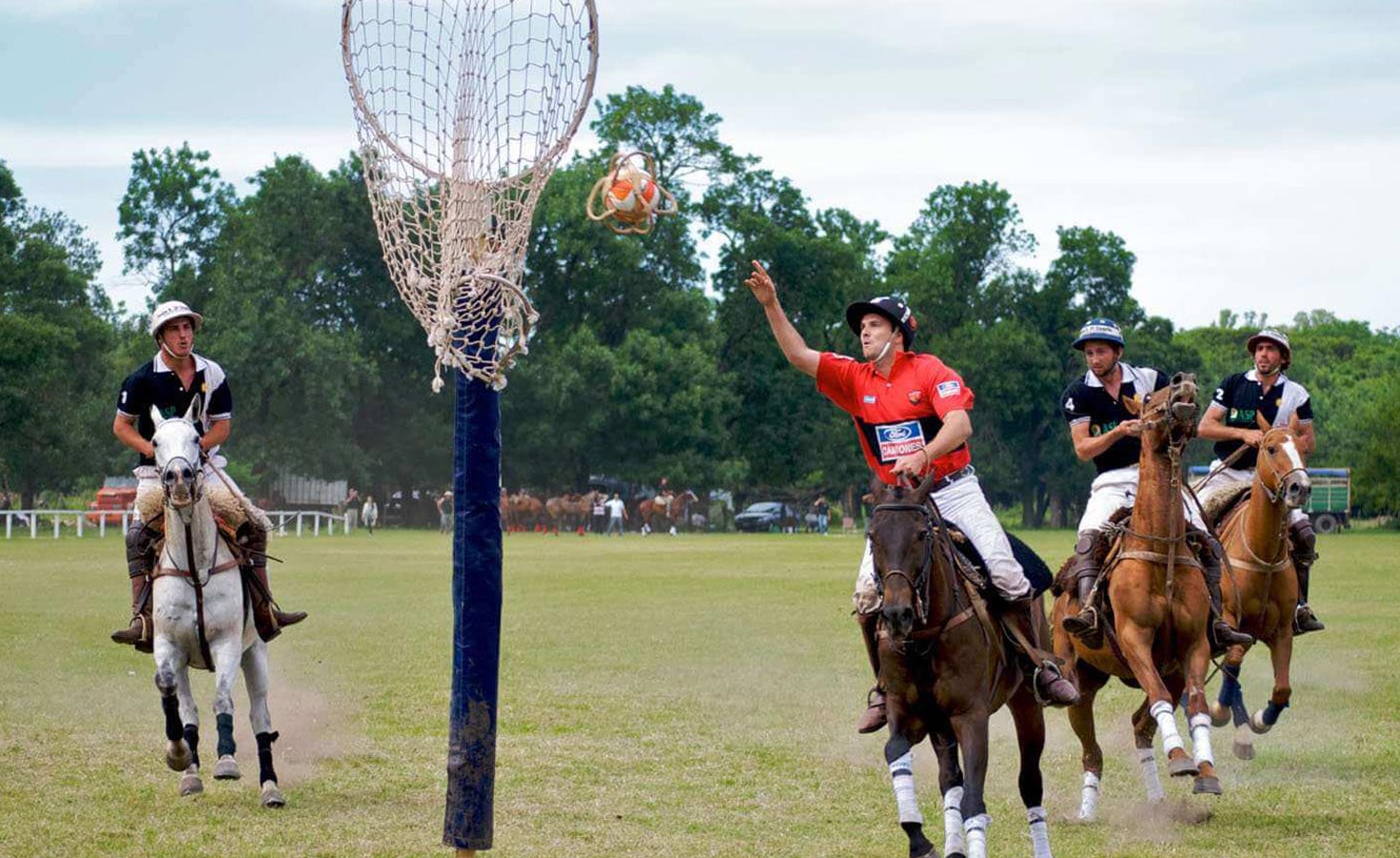
It can be described as a cross between polo and basketball, though originally involving a live duck as the ball. It was put in a leather basket with handles and left in a field between two villages that would each assemble a team of riders. At a given signal the teams would charge towards the terrified duck to try and bring it home to their village. Lassoing your opponent or cutting his saddle free was perfectly legal, the only rule was that you had to ride with the Pato at arm’s length to give others the chance to grab it. After colonization and subsequent introduction (effective conversion basically) of Christianity, The savage game was periodically banned and the church threatened to excommunicate anyone who played it. However, the game did make a comeback in its original form later in the 20th century and has gained a following ever since.
* Official Introduction of Polo
Since then, Polo officially arrived in Argentina with English immigrants during the 19th century. Argentina, is a sparsely populated area, most of the estancia owners had vast primarily agriculture oriented land holdings with sufficient cattle and horses. The new settlers, seeing this as a good potential for the expansion of polo, put forth considerable efforts in promoting the equestrian game there. The foremost amongst these initial pioneers of Argentine Polo was David Shennan, a wealthy Scottish landowner. The organization of the first polo game by Mr. Shennan at his estancia El Negrete incited the interests of the locals into the then alien sport.
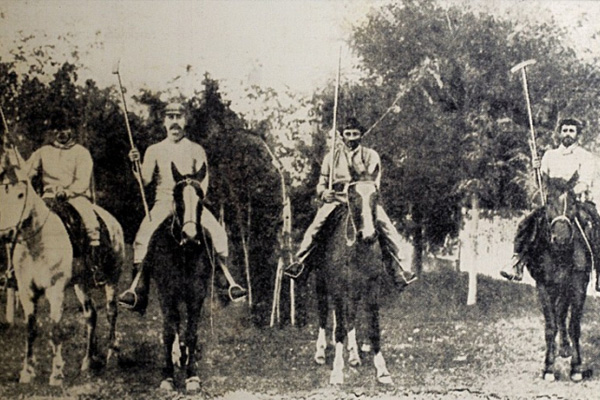
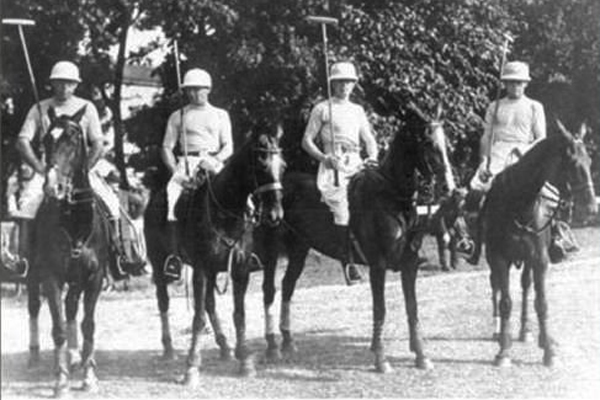
Gradually, the other estancia owners developed an inclination towards the sport and formed clubs and associations. The Hurlingham polo association of Argentina being the first amongst them was formed in 1888 and is still one of the major clubs of the country. Clubs were organized under The River Plate Polo Association formed in 1892, which gave birth to the Argentine Polo Association later in 1922. The organization slowly gained prominence when regularly organized contests were successful in generating significant interest towards the game and Polo’s status shifted from a niche sport to an everyman’s game. The popularity of polo spread into the Argentine landowning upper classes and into the military in the 1920s signaled the decline of the British control of the game.
* Olympics
However, the real coming out party for Polo was the gold medal victory in the 1924 Olympic Games. The Argentine team was acclaimed in the polo world and the players were embraced as national heroes in their country.
Following their first major international win, the Argentine Polo authorities quickly set out to promote the sport. Polo flourished in the country and garnered a strong fan base through the 20th Century. The country seems to offer an endless talent pool and has emerged mostly victorious in international competition since 1949.
The Federation of International Polo (FIP), which is the now the governing body of Polo gathering 48 affiliations worldwide, was founded by ex- Argentinian player Marcus Uranga in 1982. In 1987, they held the first World cup in Buenos Aires with the inaugural world championship going to Argentina.
The Reasons behind Argentine dominance in Polo
Money and connections have always been part of polo, but so has skill on a horse and here the Argentines seemed to have some innate natural advantage. All equestrian sports are embraced by the country and Argentines excel in these games. Much of this superior athletic performance can be attributed as part of the old Gaucho DNA. However, alleging superior genetics as the only reason for their teams’ success won’t be sufficient to justify their performance. Polo matches in Argentina are broadcast live on television, and the professionals greeted with the ardor normally reserved for footballers or film stars. Hence, entire families are dedicated to the sport, producing generations of champions – Facundo Pieres and his brothers Nicolas and Gonzalo will play together for the Tortugas Abierto, as part of the Ellerstina Team. When asked why the Argentines are in a league apart from the rest of the world Luke Tomlinson, the former England captain said:
“Often in rural areas children are in school from 7 am to12 pm, so they’ve half a day every day of their lives that they can dedicate to polo – from the age of 12 or 13. They have more access to horses than anyone else in the world, and they receive advice from ex-10 goalers because invariably they have a cousin or an uncle who was very good”
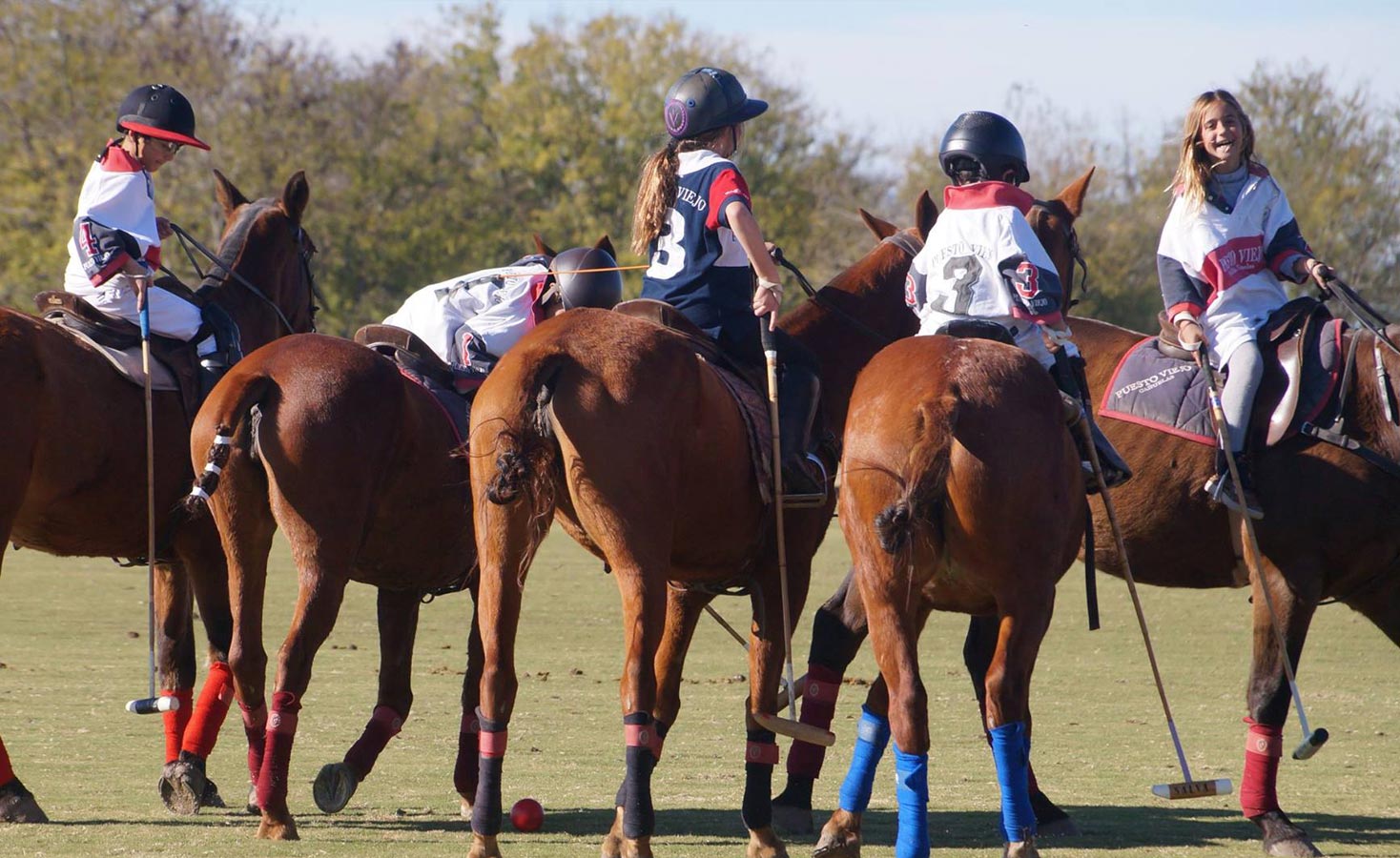
Today professional Argentinian players usually begin to train as children. Also, there is, by no means, lack of space to play as Argentinian plains ‘Pampas’ or flat glass lands provide almost ideal conditions for polo
Los Criollos
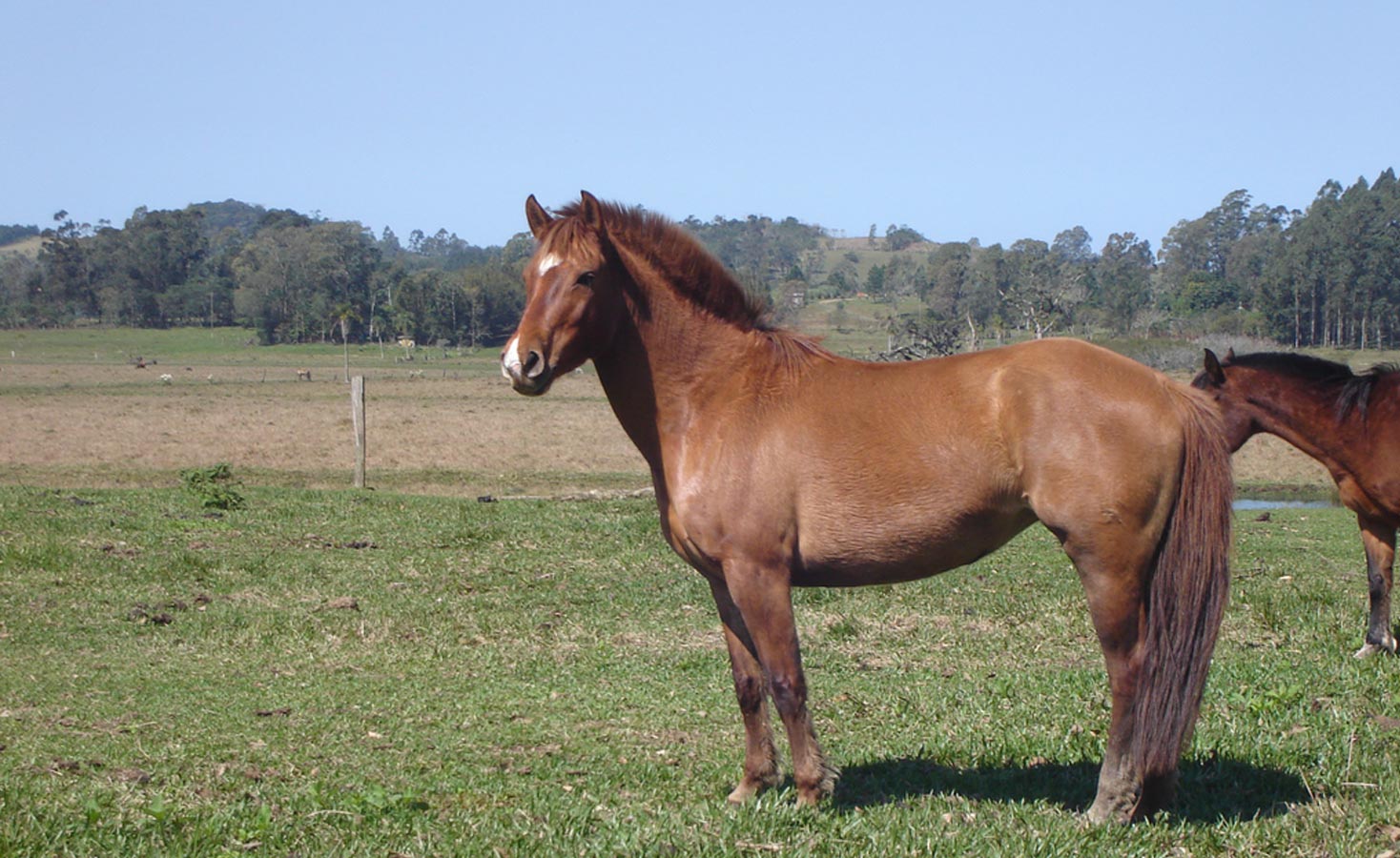
The horse in itself is another reason for their success. The native Argentine horse or Caballos Criollos are highly prized and are specifically bred to become Polo ponies. Today many Polo Scientists want to map the entire genome of the ArgentinCriollose polo horse in order to create the perfect specimen.
The Argentine polo pony is a cross of strong native Criollo horses with graceful English thoroughbreds. According to veterinarian Guillermo Buchanan, “the Argentine polos are unique because of their speed and durability and because of their mix of explosiveness and docility”. The Argentine polos distinguish themselves in their rate of learning and sensibility to their rider’s desires. They are the most cloned animal in the world.
Argentine Polo Association
The Argentine Polo Association is the official controlling institution of Polo constituted on September 14, 1922, in Buenos Aires. The current president is Eduardo Novillo Astrada
The AAP organizes the most important polo tournament in the world, the remaining polo tournaments in Argentina, establish the rules for polo in Argentina and are responsible for imposing disciplinary measures against defaulters. They also decide on the handicap of players active in Argentina. AAP is also affiliated with the Federation of International Polo (FIP), the global polo governing body and the Argentine Olympic Committee. It is one of the premier contributors in deciding the rules and regulations for FIP.
Polo Competitions in Argentina
“Argentina’s polo season is far and away the best in the world,” said Roderick Vere Nicholl, publisher of Hurlingham Media, a specialist polo magazine and website. “It’s got more players, a higher standard, and is all professional. It’s the Mecca for anyone interested in the sport.”
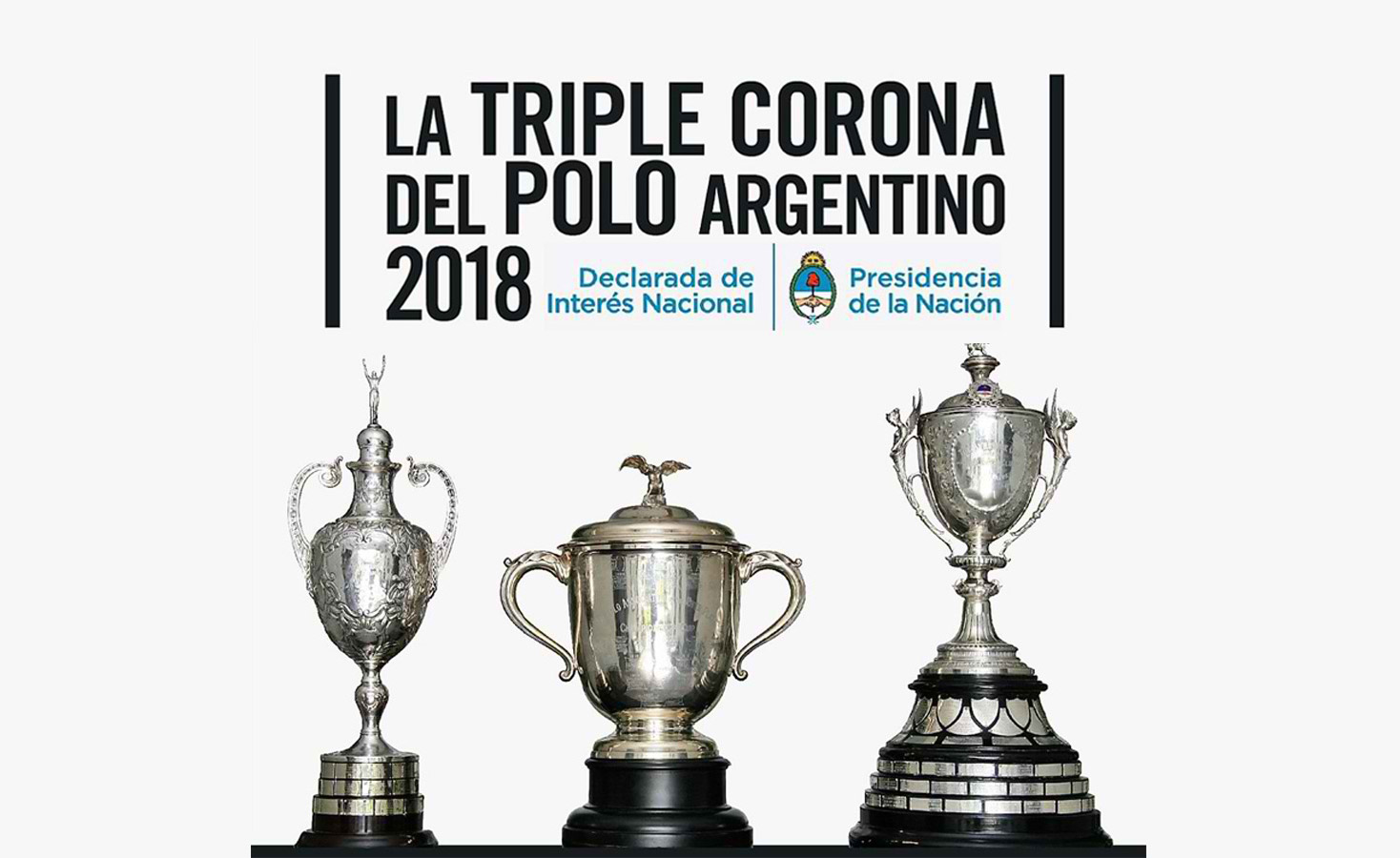
Boasting the highest number of ten-goal players ever since the sport’s inception, Argentina has long been home to the best polo in the world, and the annual Argentine Open, which is a part of the Argentinian Triple Crown of polo, held in Buenos Aires is considered the most important interclub championship currently. The most dominant team in the history of the Triple Crown was Colonel Suaréz, which won the Argentine Open a total of 25 times. Twenty of those victories were led by perhaps the greatest player in polo history, Juan Carlitos Harriott. So dominant was Harriott and Colonel Suaréz that they recorded 20 victories in 22 years (in 23 championships.)
The triple crown of Argentine Polo hosted annually by the Argentinian Association of Polo is the most coveted prize for any polo player in the world. The spectacular contest takes place in Buenos Aires every spring, between September and December, at the Argentine Polo Ground in Palermo - a venue known as "the cathedral of polo". Not for nothing is Palermo known as the “Cathedral of Polo”, with thousands of people flocking to watch the drama that unfolds in the fields. Historically, only a single team has been able to win all three of the 40- goal tournaments, La Dolfina.
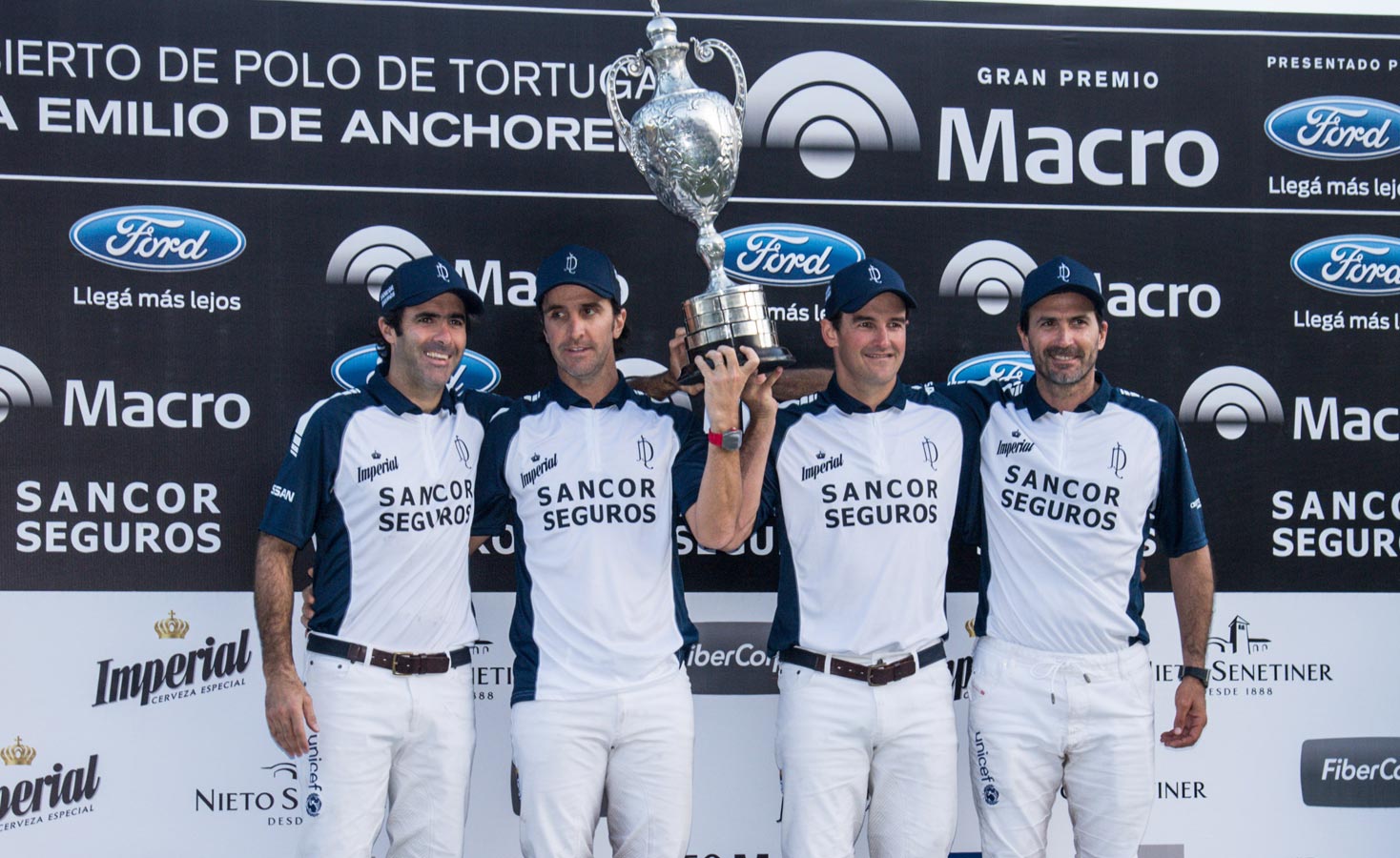
La Dolfina has been winning the Triple Crown since 2013. Team members: Adolfo Cambioso, David Sterling, Pablo Mac Donough, Juan Martin Nero.
Campeonato Abierto de Tortugas (The Tortugas Open-Argentina)-
The cup was presented for play in 1907 by Don Emilio de Anchorena. After 1972 it was played in conjunction with the San Martin Cup and the 12 de Octubre Cup. It is currently presented to the winner of the Tortugas Open Championship and is the first leg of the Argentine polo Triple Crown. The tournament is an open competition and has even attracted 40-goal teams. In 2009, the field attracted two 40-goal teams for the first time in history and such elite teams have been a part of the contest ever since.
Campeonato Abierto de Hurlingham (Hurlingham Open-Argentina)- The tournament began in 1929 as the Senior Championship, according to Horace Laffaye’s Polo Encyclopaedia, its name was changed a few years later. The Hurlingham Open is the second most prized competition in Argentina. The Hurlingham Open is the second leg in the Argentine Triple Crown of polo and directly precedes the Argentine Open. Like the Tortugas Open, the Hurlingham Open is played without handicap on a truly open format.
The Argentine Open
The final leg of the prestigious Argentina Triple Crown, The Argentine Open is considered the most coveted trophy in the game of polo today. Historically significant polo players have competed and won the tournament to cement their legacy. Campeonato Abierto Argentino (Argentine Open-Argentina) has been played for since 1923, the successor of the Polo Association of the River Plate Open, which dates back to 1893. Played on the AAP’s grounds at Palermo in Buenos Aires, crowds of over 40,000 spectators including representatives from the international polo community gather to watch the very best polo tournament in the world.
The prestigious tournament begins with The Tortugas Open in September, followed by The Hurlingham Open in October and Argentine Open Championship between November-December.
Stars of Argentine Polo
Facundo Pieres- “The Emperor of Polo”
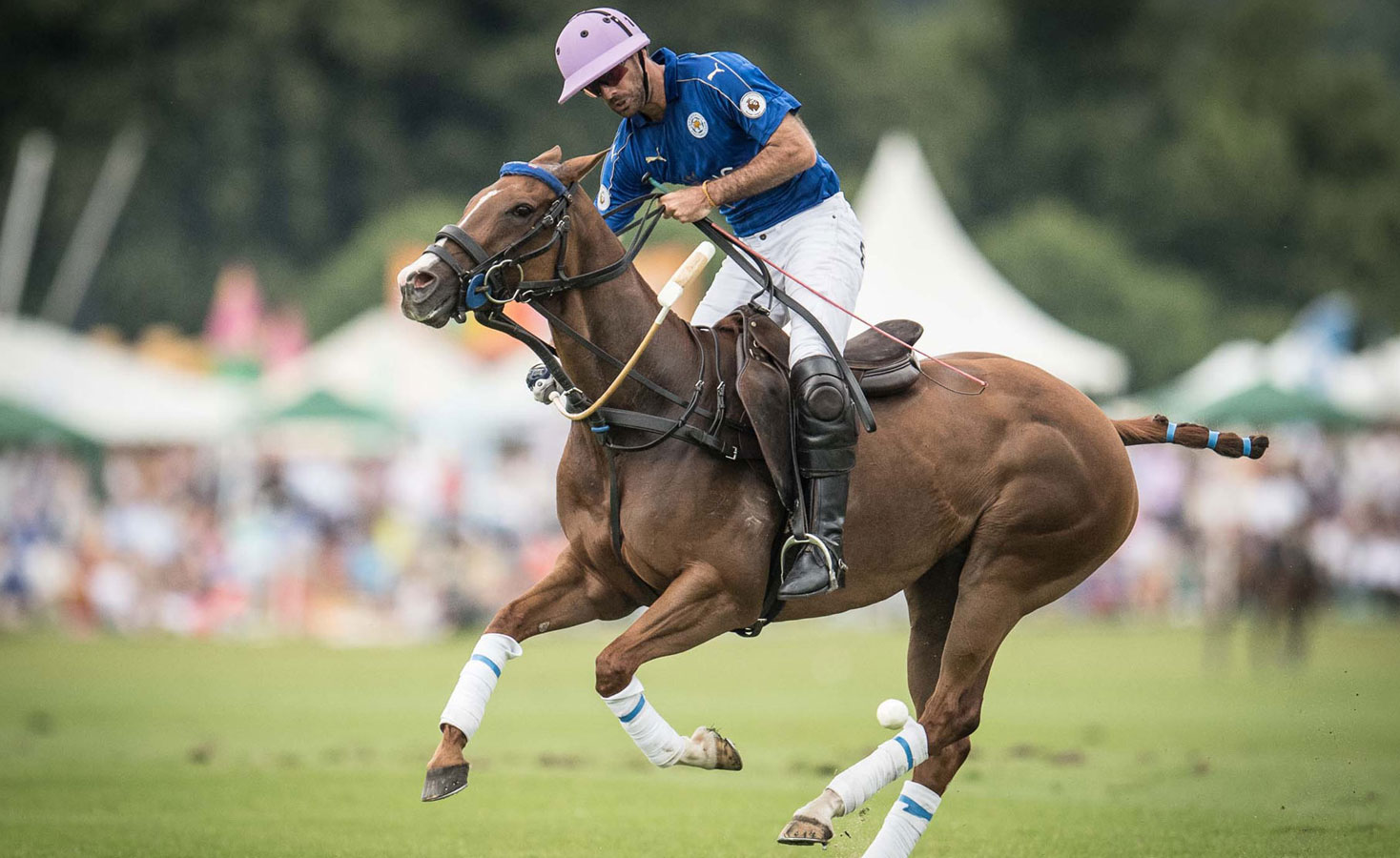
Facundo was born into a family of polo players and is the second son of polo legend Gonzalo Pieres Sn and Cecilia Rodríguez Piola. His siblings, Gonzalo Pieres, Nicolas Pieres are also excellent professional polo players.
Pieres began his professional polo career 1997 at the age of 11, when he won the Copa Potrillos with the Ellerstina Jr. team which was a subsidiary team for the Ellerstina Club founded by his father and Australian media tycoon, Kerry Packer. Since then, he played in Argentina, the United Kingdom, and the United States. He has won the Hurlingham Open, Tortugas Open and Jockey Club Open (all in Argentina among other tournaments.
Facundo has won almost all the biggest international tournaments. He has been a member of the winning teams of the Spanish Grand Slam, Gold Cup, Sotogrande 2018 (with the American Team La Indiana)and 2017 (Spanish Team 'Ayala'), Torneo International de Polo Sotogrande. In 2008, he also won the Queen’s Cup (England), though he didn’t take part in the final match, because of an injury.
Adolfo Cambiaso- “GoAT”
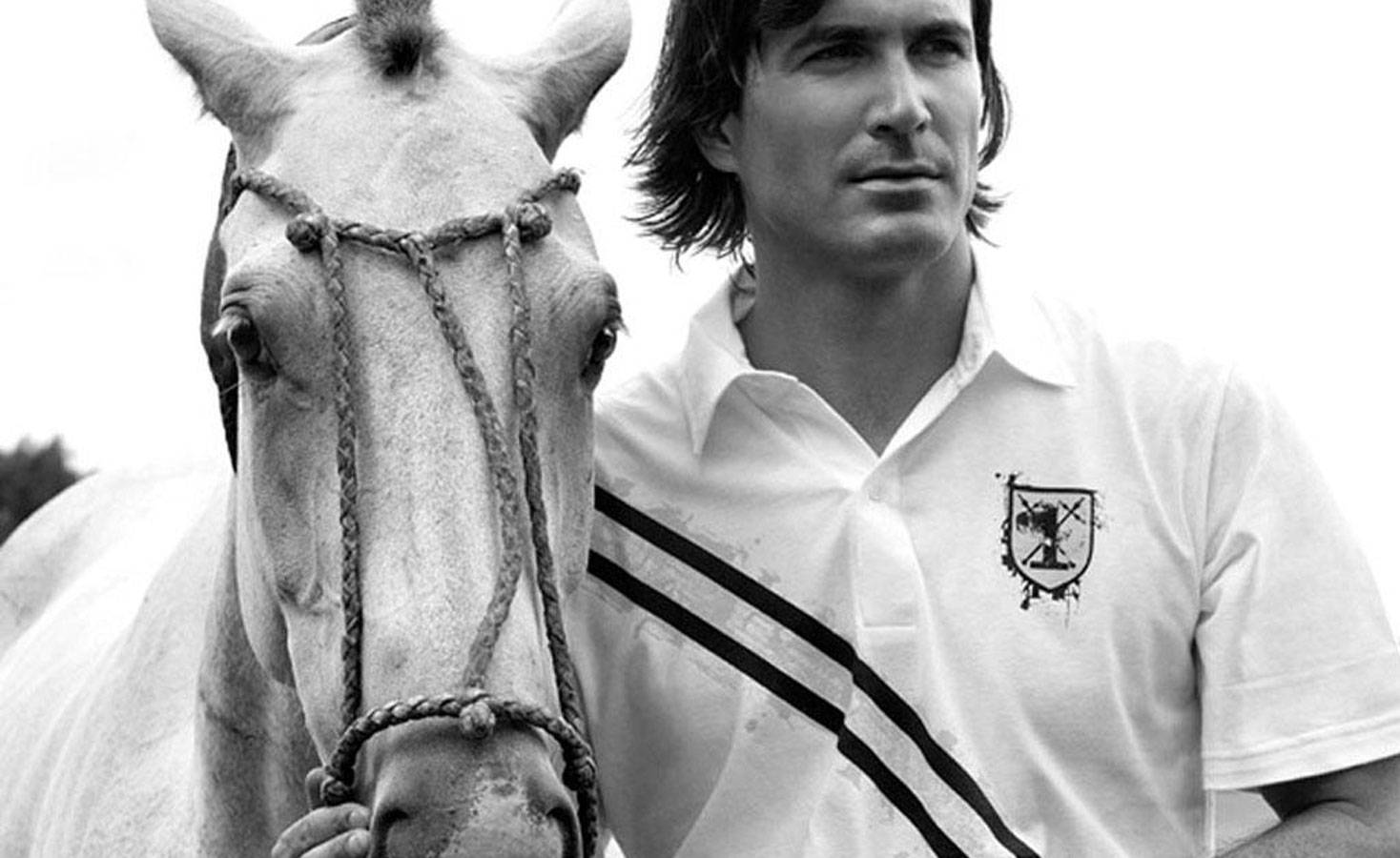
Born into a polo-playing family, he was on a pony before he could walk. Cambiaso’s father, also Adolfo, a lawyer who specialized in farm sales was an excellent player who achieved a four-goal status. His mother Martina de Estrada Lainez encouraged her son and his half-brothers to play, and by the time he was 12, his handicap reached an impressive one goal. By the age of 15 he was playing in England, and at 16 he became the youngest player to attain the highest 10- goal status and has maintained it for over a decade since. In the following year, he made a remarkable performance in his first appearance in the prestigious Argentina Open with Ellerstina’s team, scoring 16 goals in his very first match of the tournament. He went on to win the Triple Crown with them and became the youngest player to win the accolade. He is also the top scorer of the Argentine Polo Open.
He founded La Dolfina which is regarded as the best Polo Organization in the world.
Nacho Figueras- “The Face of polo”
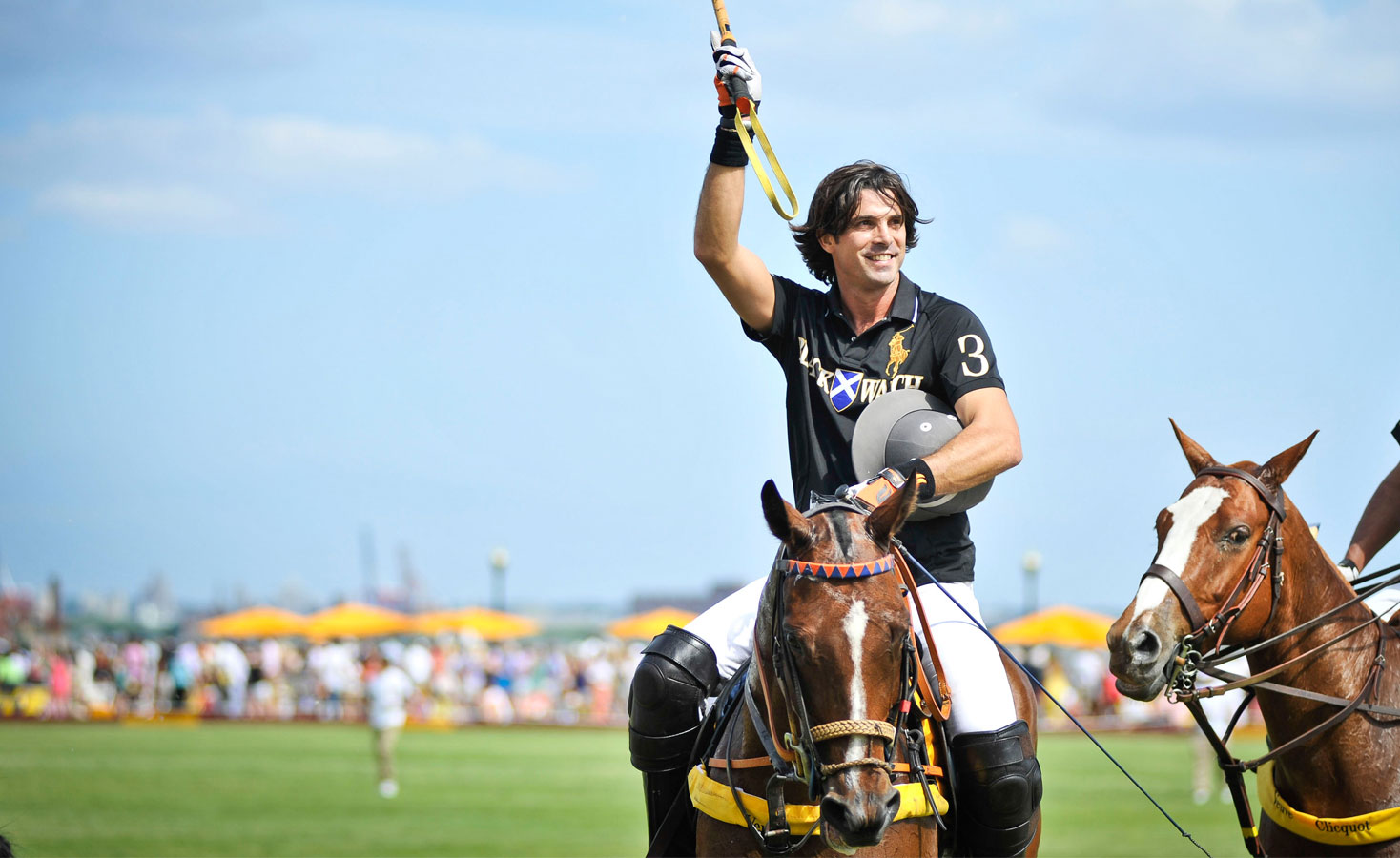
Nacho Figueras is a 6- handicap polo player ranked in the top 100 in the world. He usually plays in Argentina and in the US as part of the Black Watch Polo Team. He began playing Polo at the age of 9 and turned pro at the young age of 17 when he made his first international appearance in the European circuit.
However, his achievements outside of the Polo world make him probably one of the most instantly recognizable polo players across the globe. Along with his successful polo career, he is also a big model for reputable fashion companies like Ralph Lauren and has made appearances on several television shows to promote polo, amongst other things. His looks have garnered him the nickname “David Beckham of Polo”.

